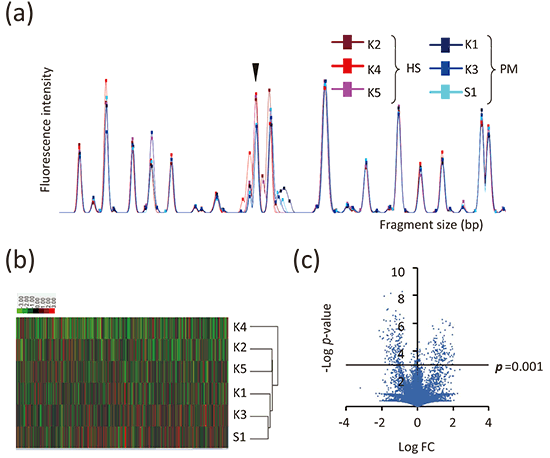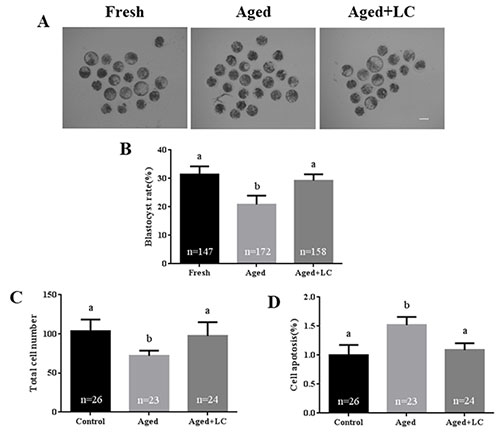- |<
- <
- 1
- >
- >|
-
 Article type: SRD Outstanding Research Award 2018
Article type: SRD Outstanding Research Award 2018
2019Volume 65Issue 6 Pages 485-489
Published: 2019
Released on J-STAGE: December 18, 2019
Advance online publication: August 29, 2019Editor's pickCover Story:
The oocyte is the only cell that can reprogram a somatic nucleus to totipotency. The process of reprogramming is, however, only partially understood, and is accompanied by both epigenetic and structural changes in the somatic nucleus. The oocyte components that are necessary for a successful reprogramming and remodeling are unknown. In this issue, Fulka H et al. demonstrate that rather than the insoluble nuclear envelope, together with chromatin-bound factors, or the cytoplasm alone, it is the soluble nuclear fraction that has a major effect upon the somatic nucleus (Fulka H, et al.: Dissecting the role of the germinal vesicle nuclear envelope and soluble content in the process of somatic cell remodeling and reprogramming. pp. 433-441). This fraction is essential for altering the size of the somatic nucleus as well as transcriptional silencing and efficient histone H3.3 incorporation.Download PDF (885K)
-
Article type: Original Article
2019Volume 65Issue 6 Pages 491-497
Published: 2019
Released on J-STAGE: December 18, 2019
Advance online publication: August 29, 2019Download PDF (1500K) -
Article type: Original Article
2019Volume 65Issue 6 Pages 499-506
Published: 2019
Released on J-STAGE: December 18, 2019
Advance online publication: August 30, 2019Download PDF (1226K) -
Article type: Original Article
2019Volume 65Issue 6 Pages 507-514
Published: 2019
Released on J-STAGE: December 18, 2019
Advance online publication: October 17, 2019Download PDF (743K) -
Article type: Original Article
2019Volume 65Issue 6 Pages 515-525
Published: 2019
Released on J-STAGE: December 18, 2019
Advance online publication: October 06, 2019Download PDF (1688K) -
Article type: Original Article
2019Volume 65Issue 6 Pages 527-532
Published: 2019
Released on J-STAGE: December 18, 2019
Advance online publication: November 03, 2019Download PDF (605K) -
Article type: Original Article
2019Volume 65Issue 6 Pages 533-539
Published: 2019
Released on J-STAGE: December 18, 2019
Advance online publication: October 21, 2019Download PDF (2352K) -
Article type: Original Article
2019Volume 65Issue 6 Pages 541-550
Published: 2019
Released on J-STAGE: December 18, 2019
Advance online publication: November 06, 2019Download PDF (1170K)
-
Article type: Technology Report
2019Volume 65Issue 6 Pages 551-554
Published: 2019
Released on J-STAGE: December 18, 2019
Advance online publication: October 06, 2019Download PDF (764K)
- |<
- <
- 1
- >
- >|







